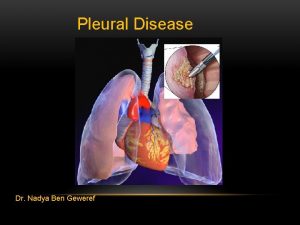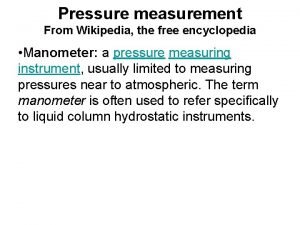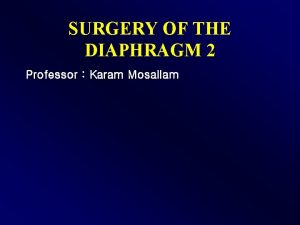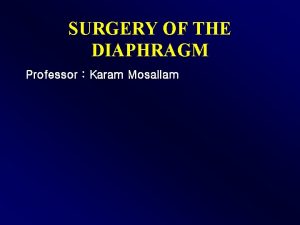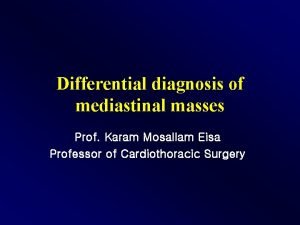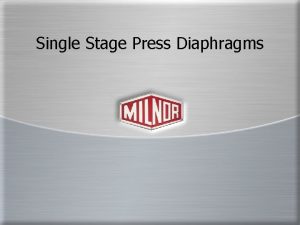SURGERY OF THE DIAPHRAGM 3 Professor Karam Mosallam









- Slides: 9

SURGERY OF THE DIAPHRAGM 3 Professor : Karam Mosallam

Traumatic Diaphragmatic Hernia Etiology: • Blunt trauma; usually large defect, typically more than 10 cm(traumatic rupture) Rupture occurs due to abrupt increase of intra-abdominal pressure or increase in AP diameter. It indicates severe trauma and usually associated with other injuries. • Penetrating trauma, usually small defect. • Iatrogenic trauma, during surgery.

It is more common on left side as the right is protected by liver. The right usually presents late with increased complications like strangulation.

Diagnosis; *History of trauma. *Radiology , usually diagnostic in most cases. Chest X ray is diagnosticin many cases, CT Chest, MRI may be needed. *Common radiological signs are: Direct Signs; -Abrupt loss of Diaphragm continuity. -Nonvisualized hemidiaphragm. -Dangling Diaphragm Sign(comma-shaped curving of the free edge at rupture side. )

Indirect Signs; -Protrusion Of abdominal contents into pleural space. -Collar sign. -Hump Sign. -Dependent Viscera Sign. -Elevated abdominal organs.

Surgical repair Once diagnosed, should be repaired. Recent hernia can be repaired by open surgery or endoscopic, laparoscopic or thoracoscpy. The approach can be abdominal or thoracic. For neglected or lately discovered henia, thoracic approach is preferred due to presence of adhesions. -Repair either direct or by use of patch.

Diaphragmatic eventration • Definition; • Abnormal elevation of an intact hemidiaphragm into thoracic cavity. • May be congenital or acquired. • Congenital type is thought to be due to Absence of muscle fibers at this site. • Acquired type may be due to focal dyskinesia and weakness from ischemia or infarction or neuromuscular disorders.

Diagnosis Usually presents by dyspnea or shortness of breath. Radiology is diagnostic especially Flouroscopy which examine mobility of the diaphragm.

Management • Surgery is plication of diaphragm by nonabsorbable sutures • Can be done by open technique or endoscopic.
 Promotion from associate professor to professor
Promotion from associate professor to professor Transverse cut of a banana
Transverse cut of a banana Sequential sampling ppt
Sequential sampling ppt Qishki tuzlamalar
Qishki tuzlamalar Konservalash va mavsumiy tuzlamalar
Konservalash va mavsumiy tuzlamalar Muscles used for forced inspiration
Muscles used for forced inspiration Blunting of costophrenic angle
Blunting of costophrenic angle Danish diaphragm pump
Danish diaphragm pump Dead weight pressure gauge wikipedia
Dead weight pressure gauge wikipedia Name the major openings of diaphragm
Name the major openings of diaphragm






